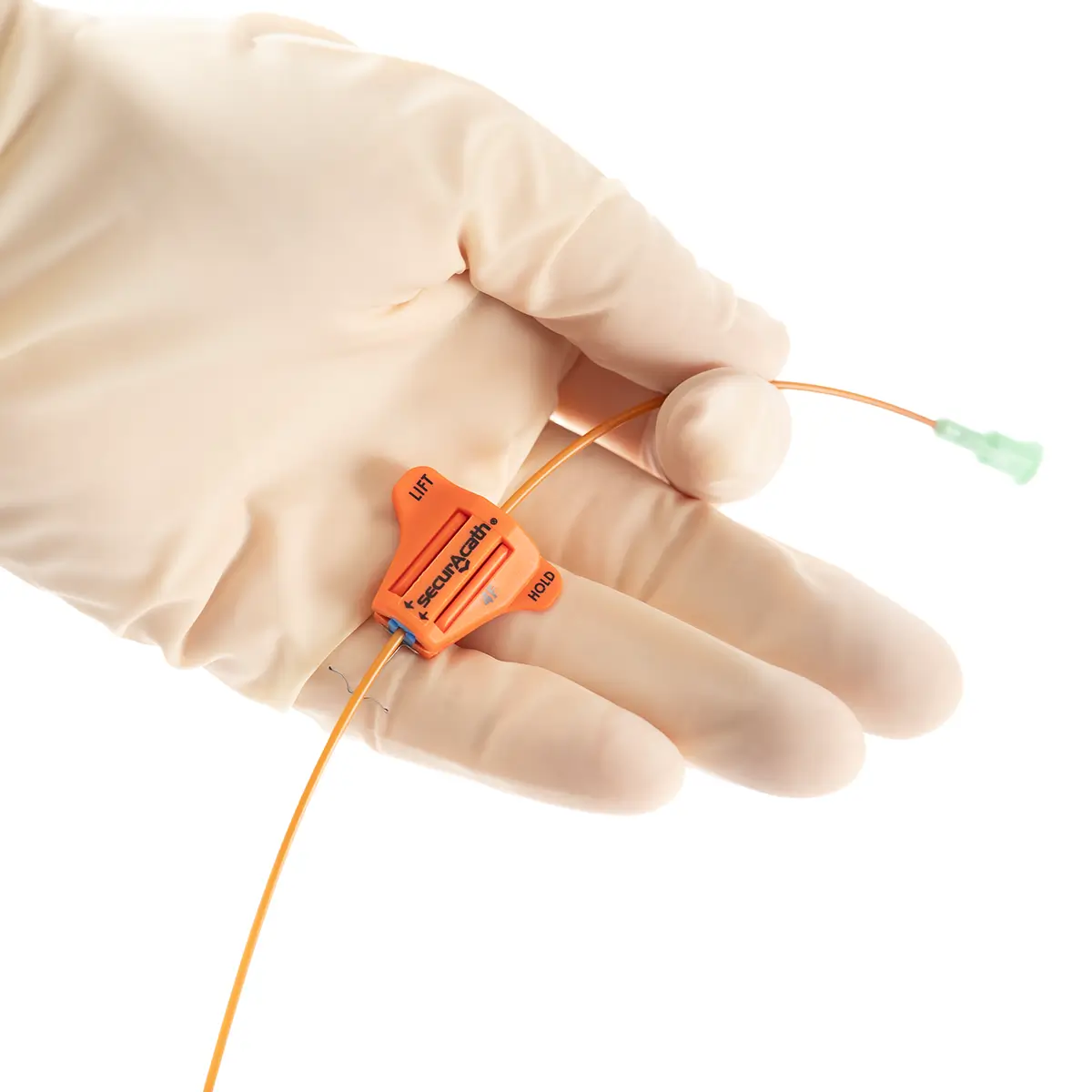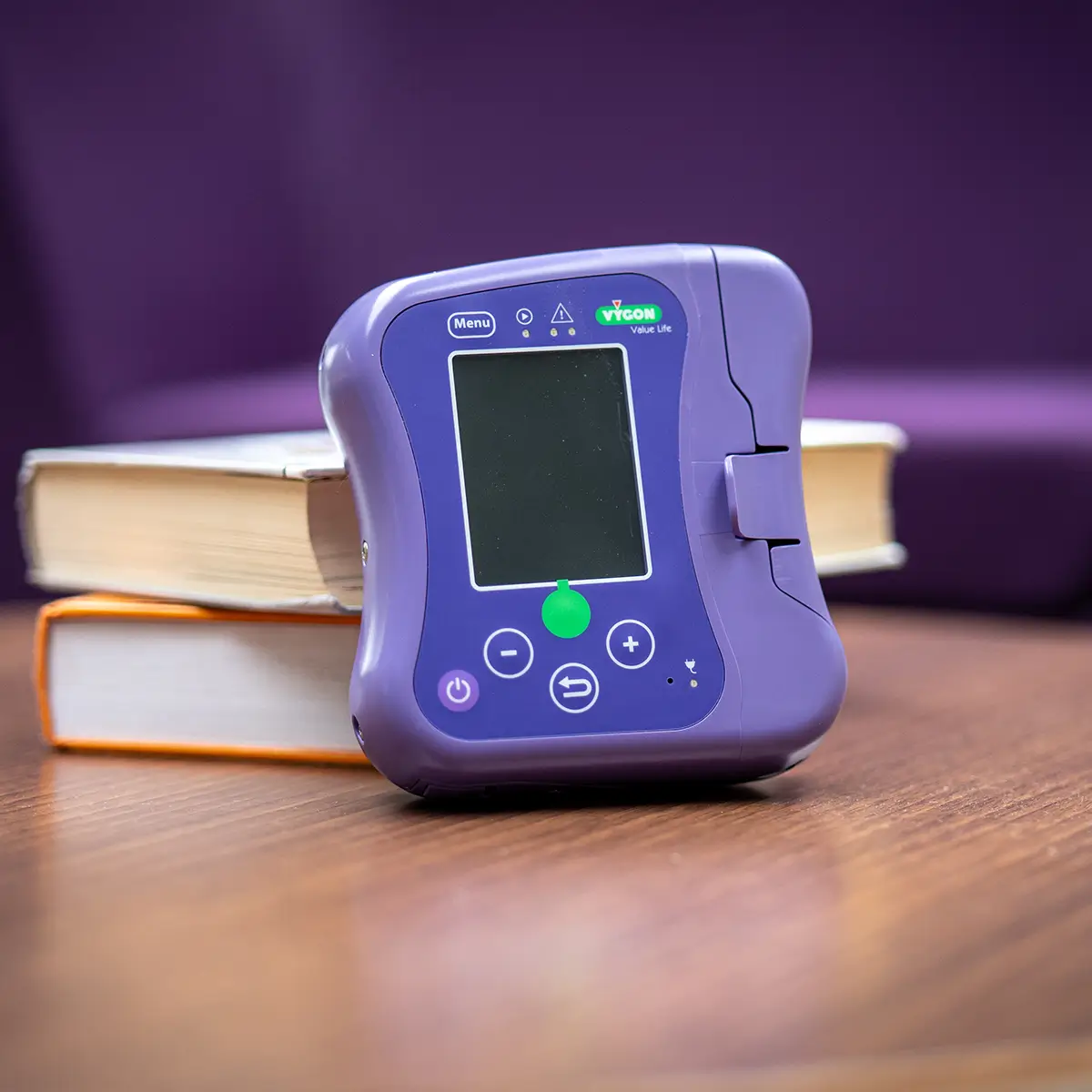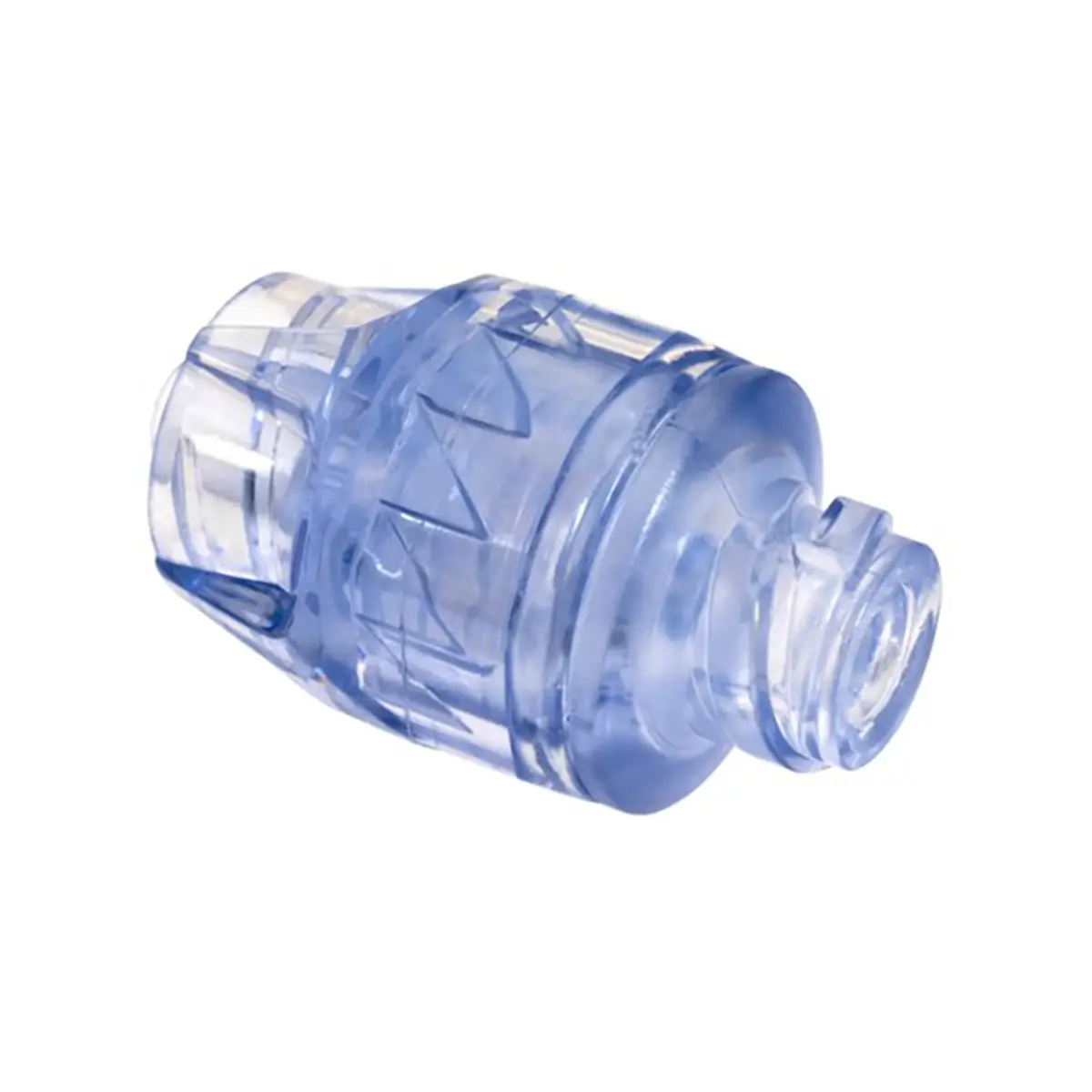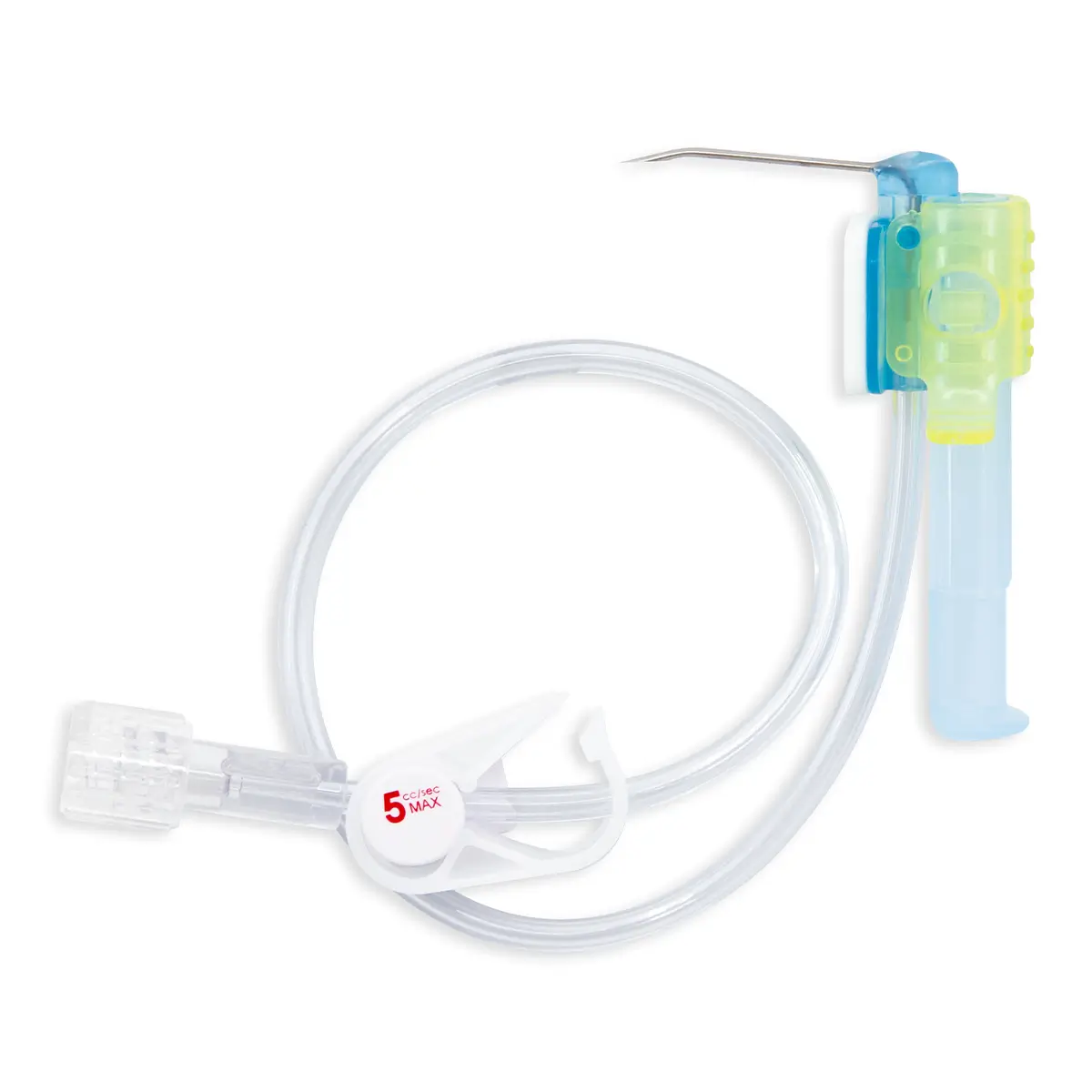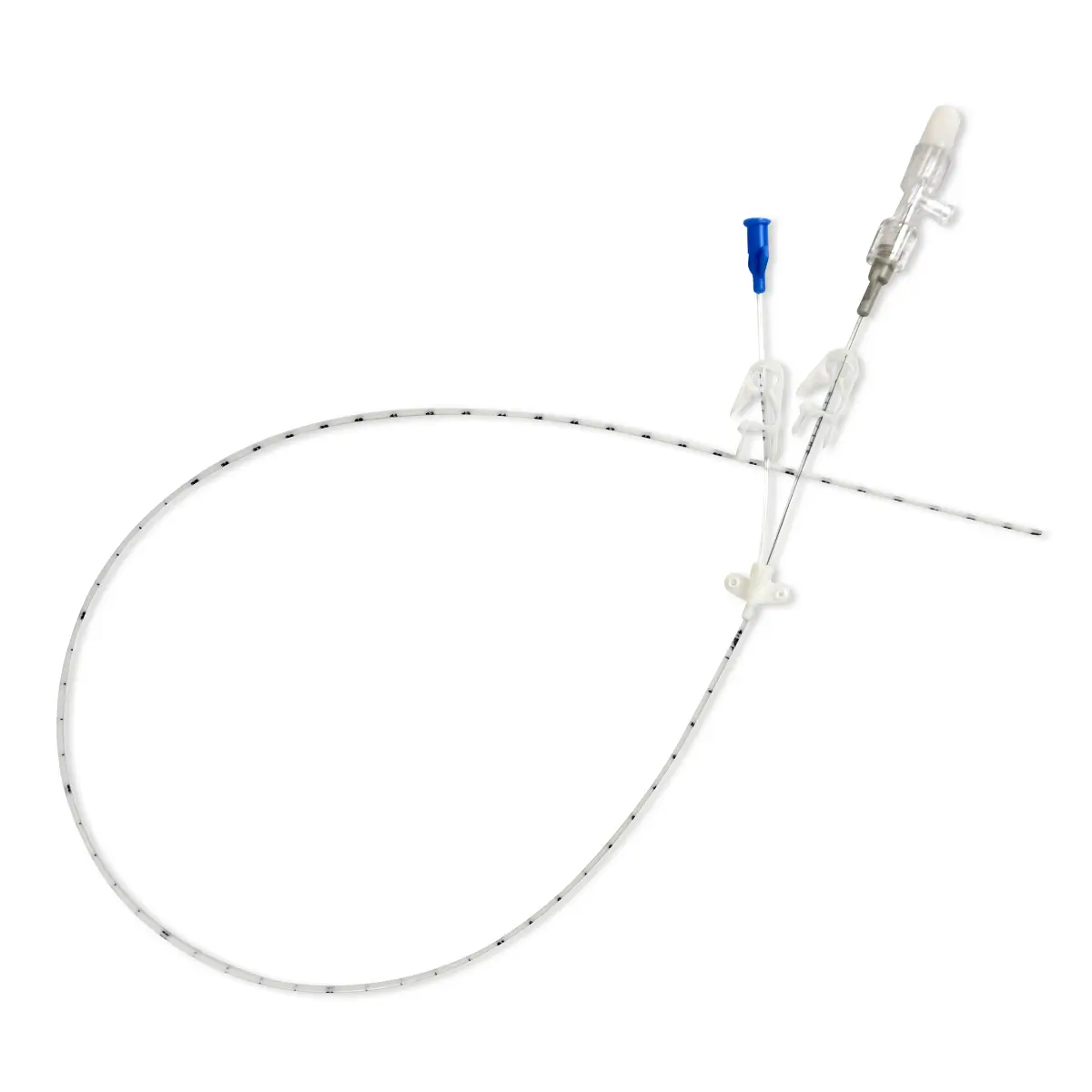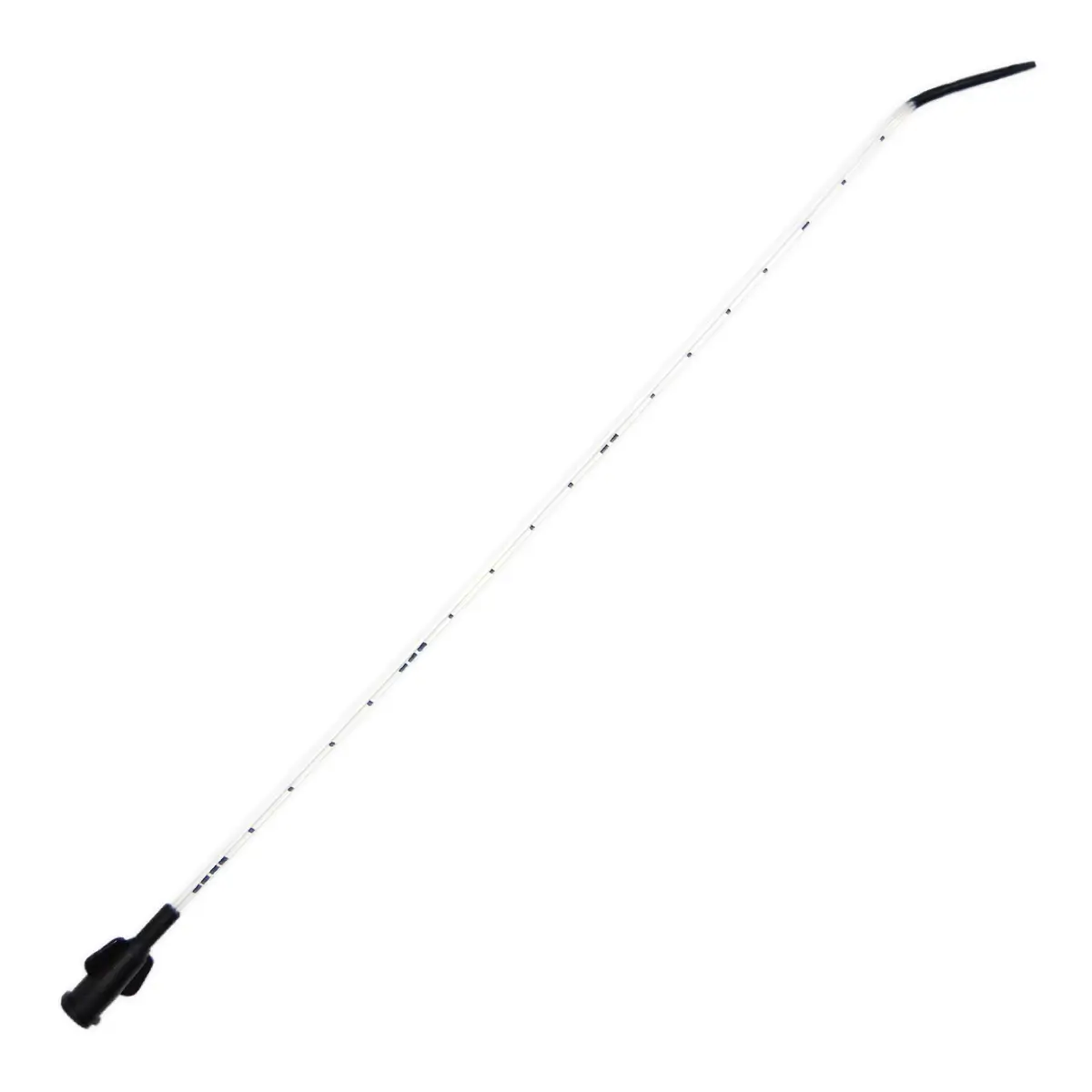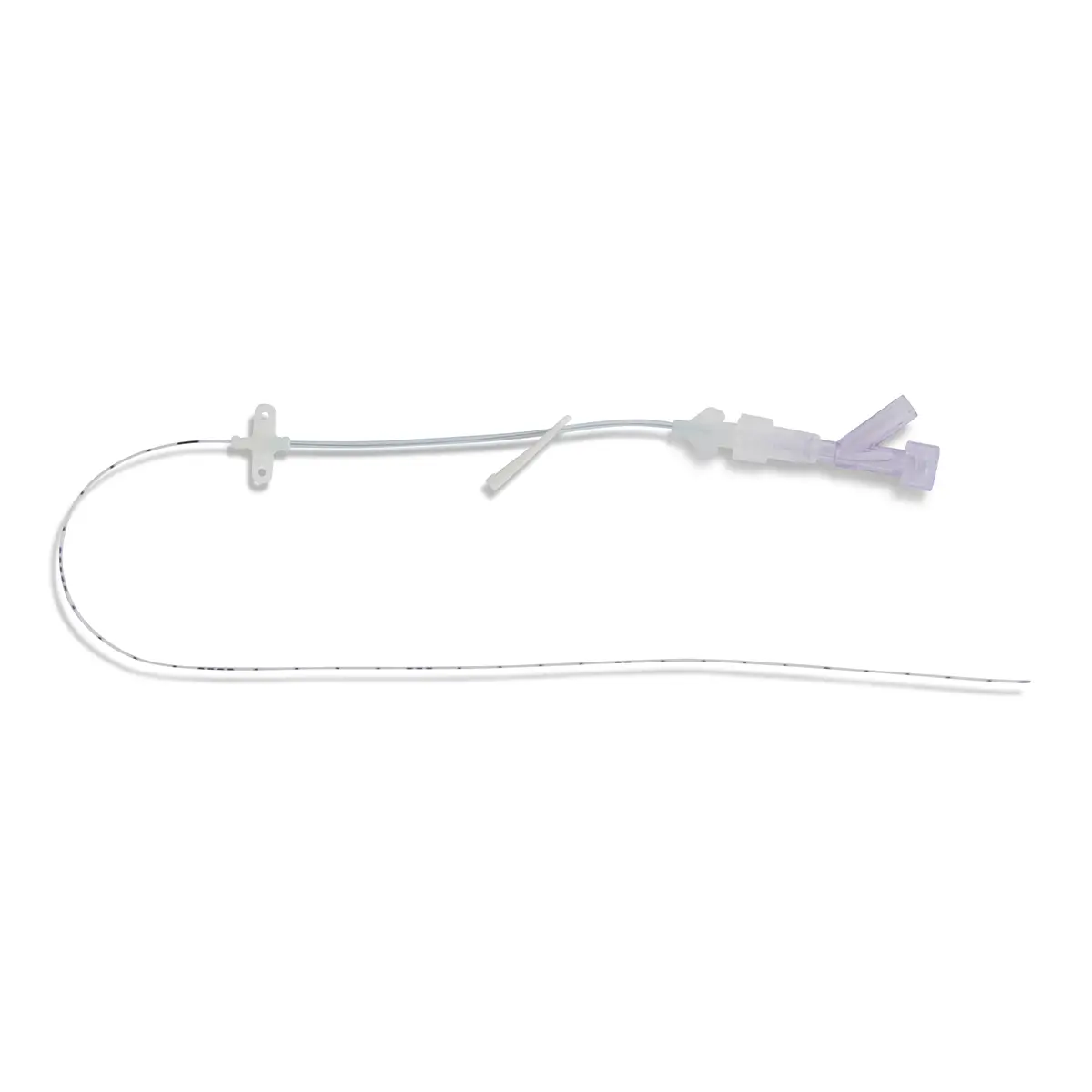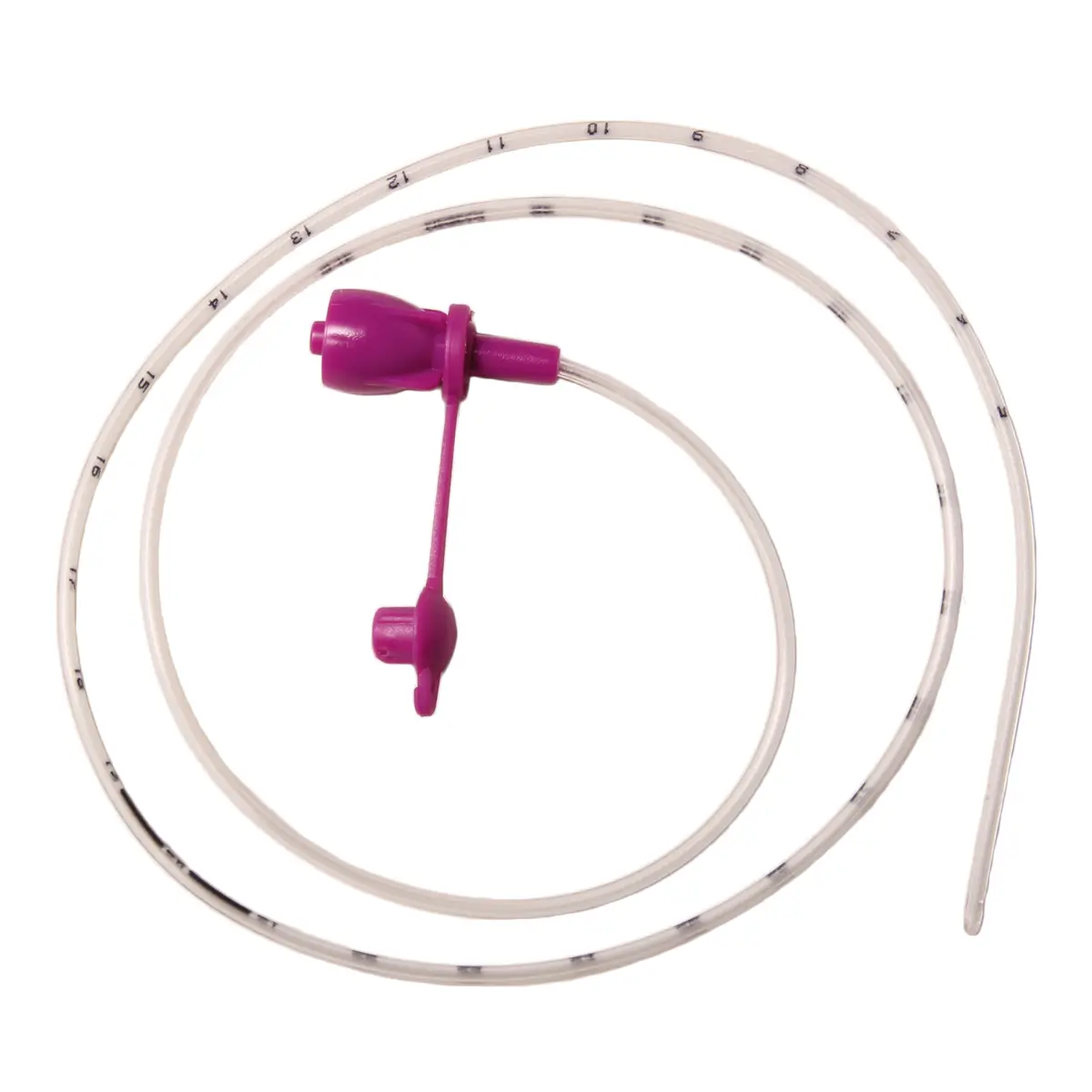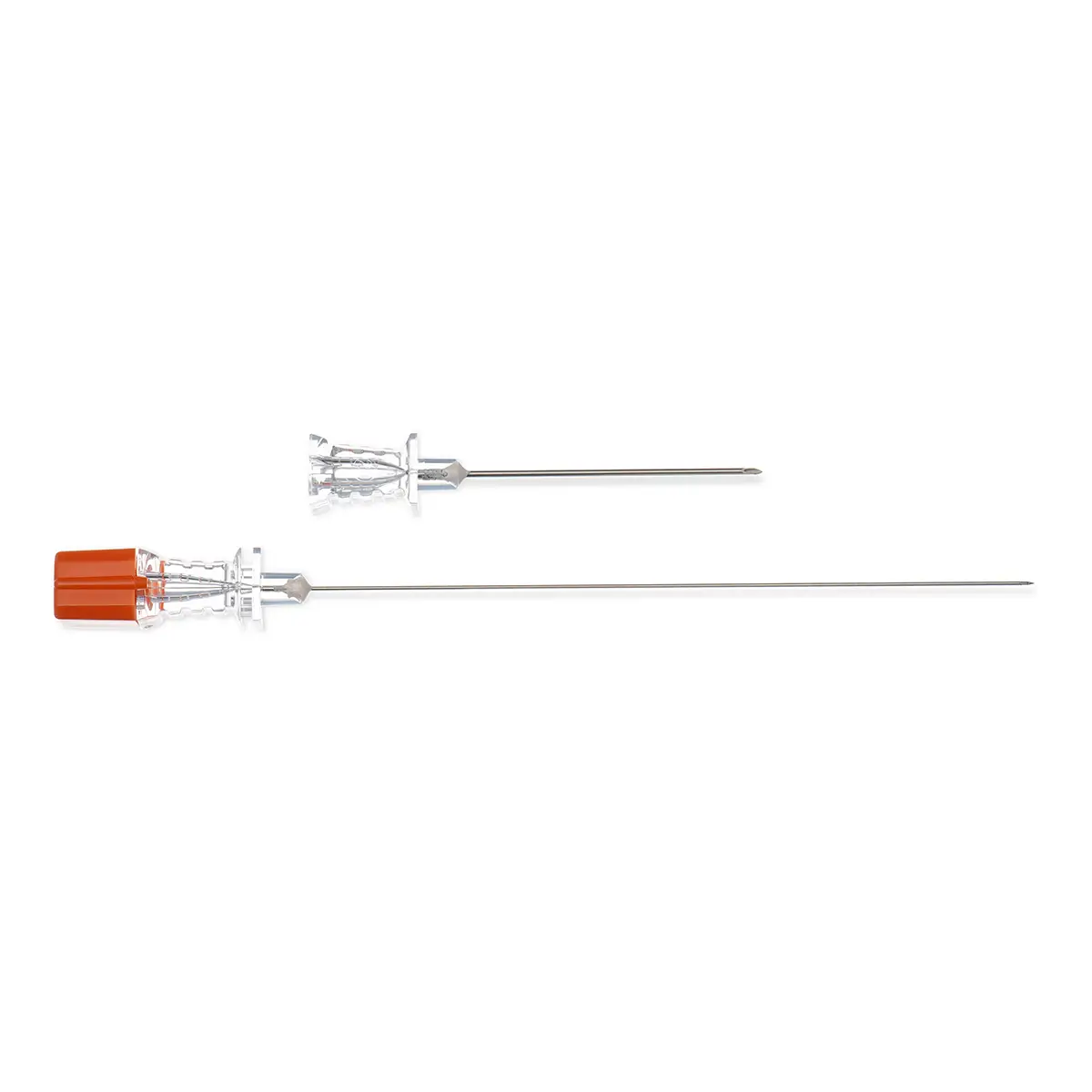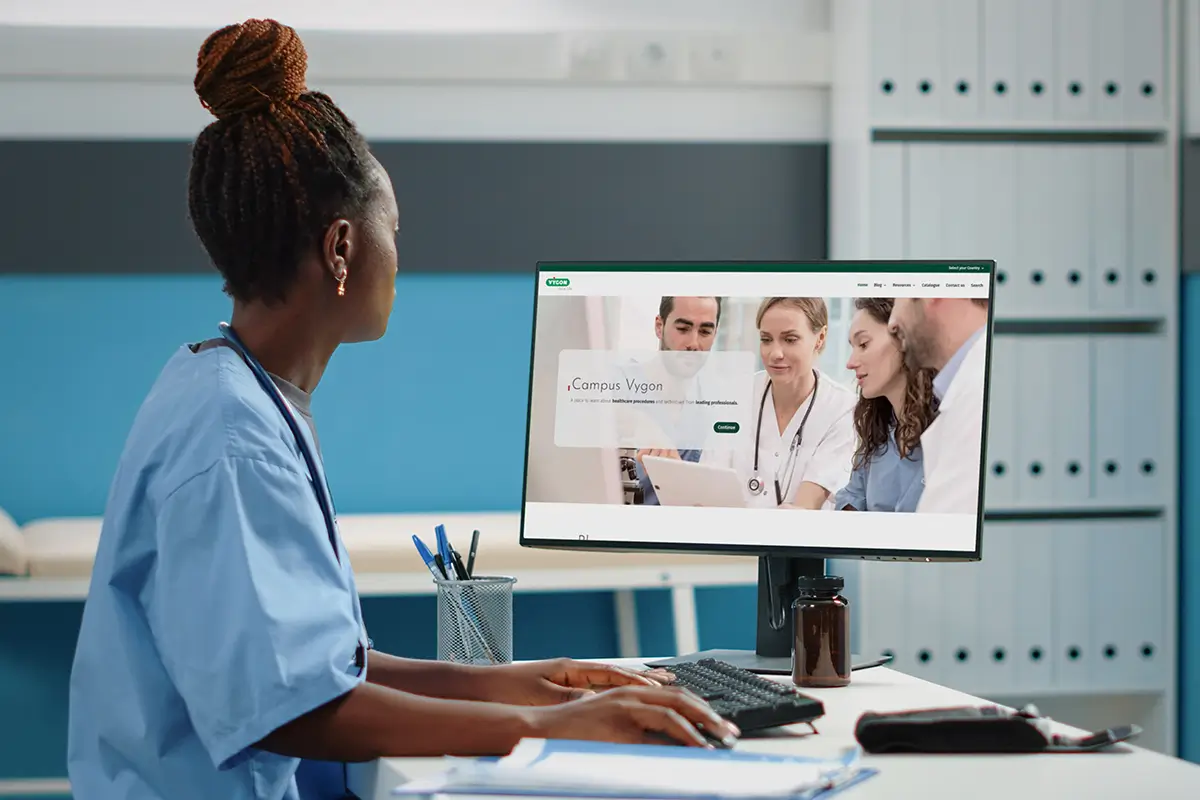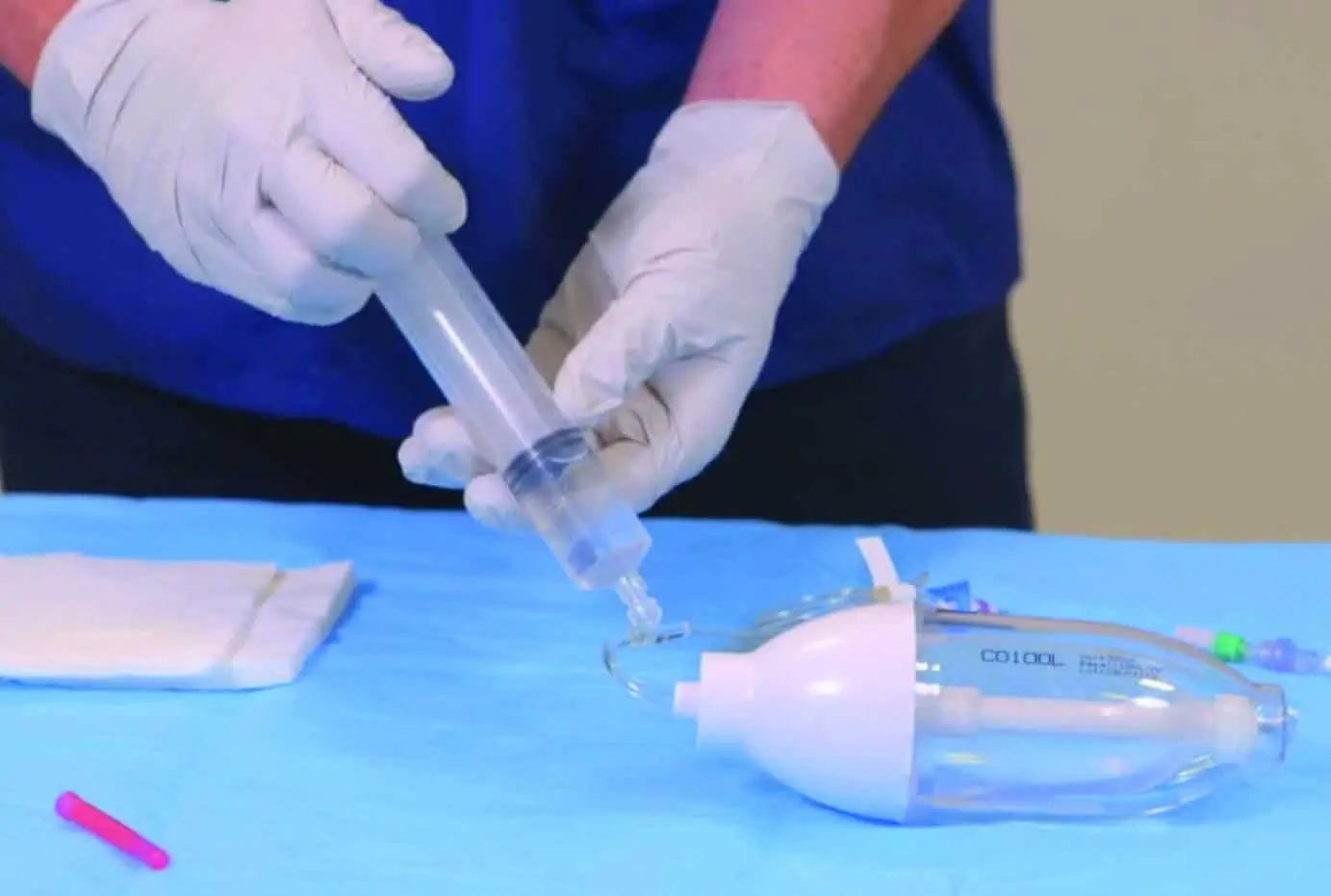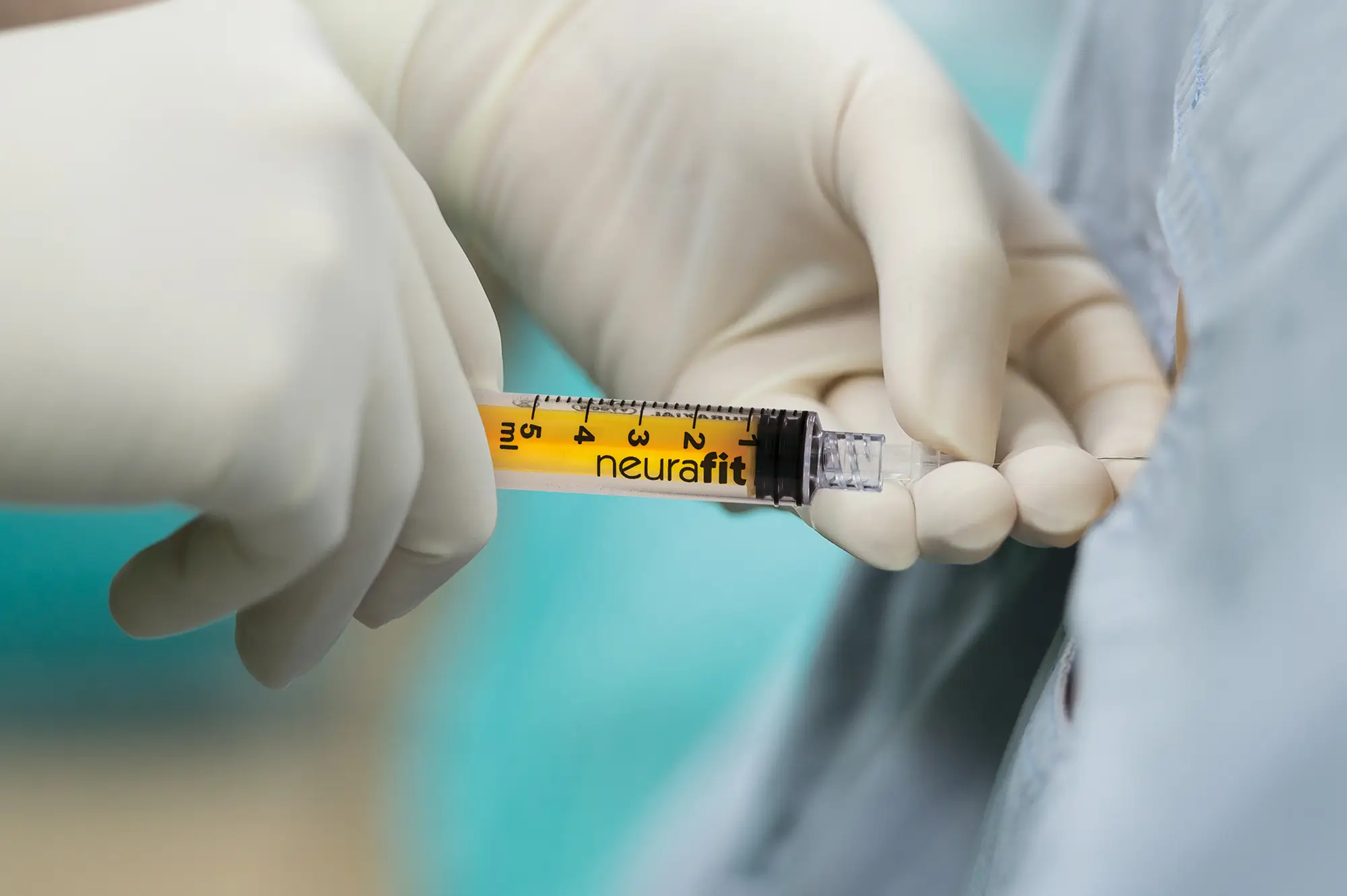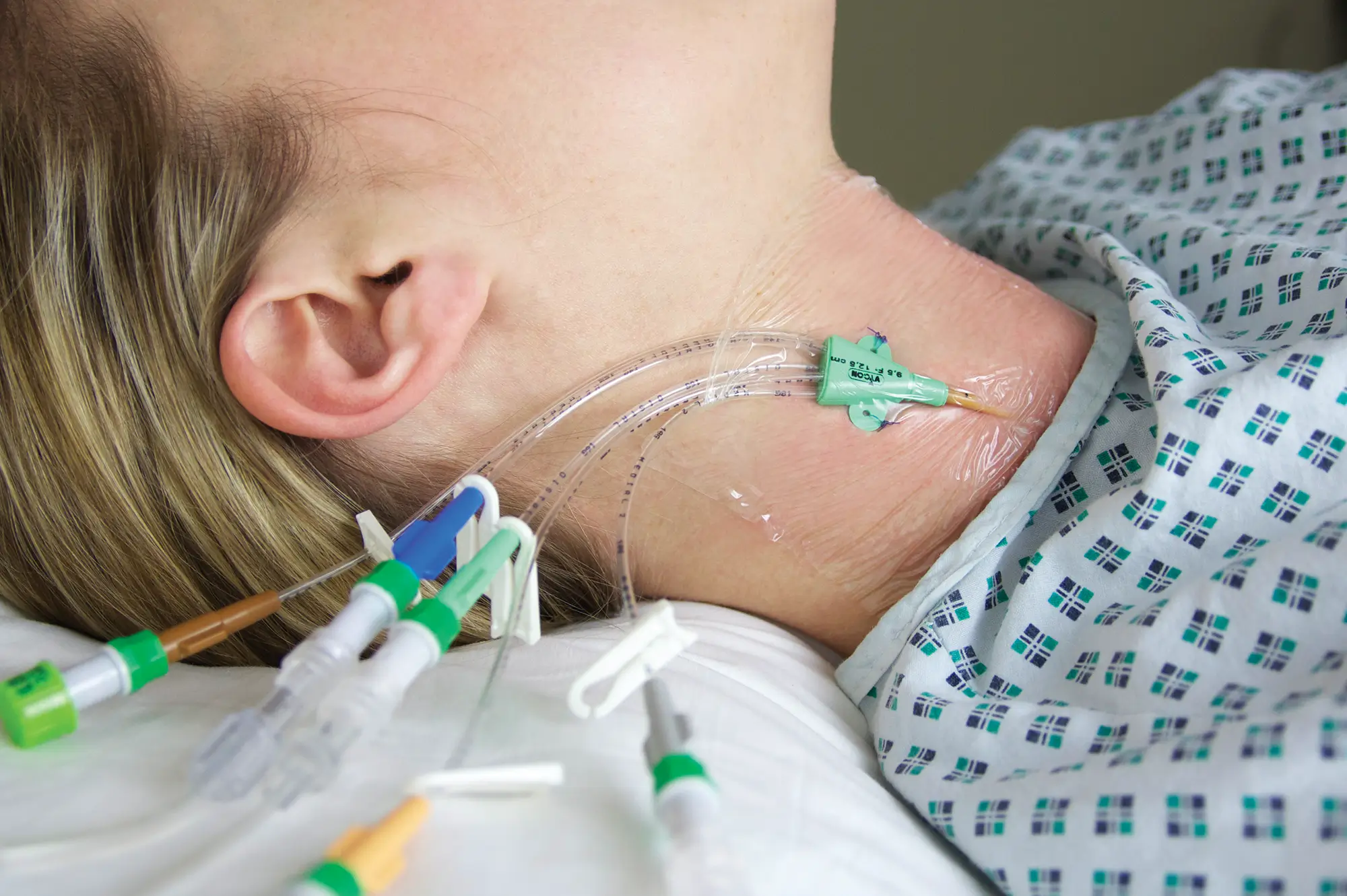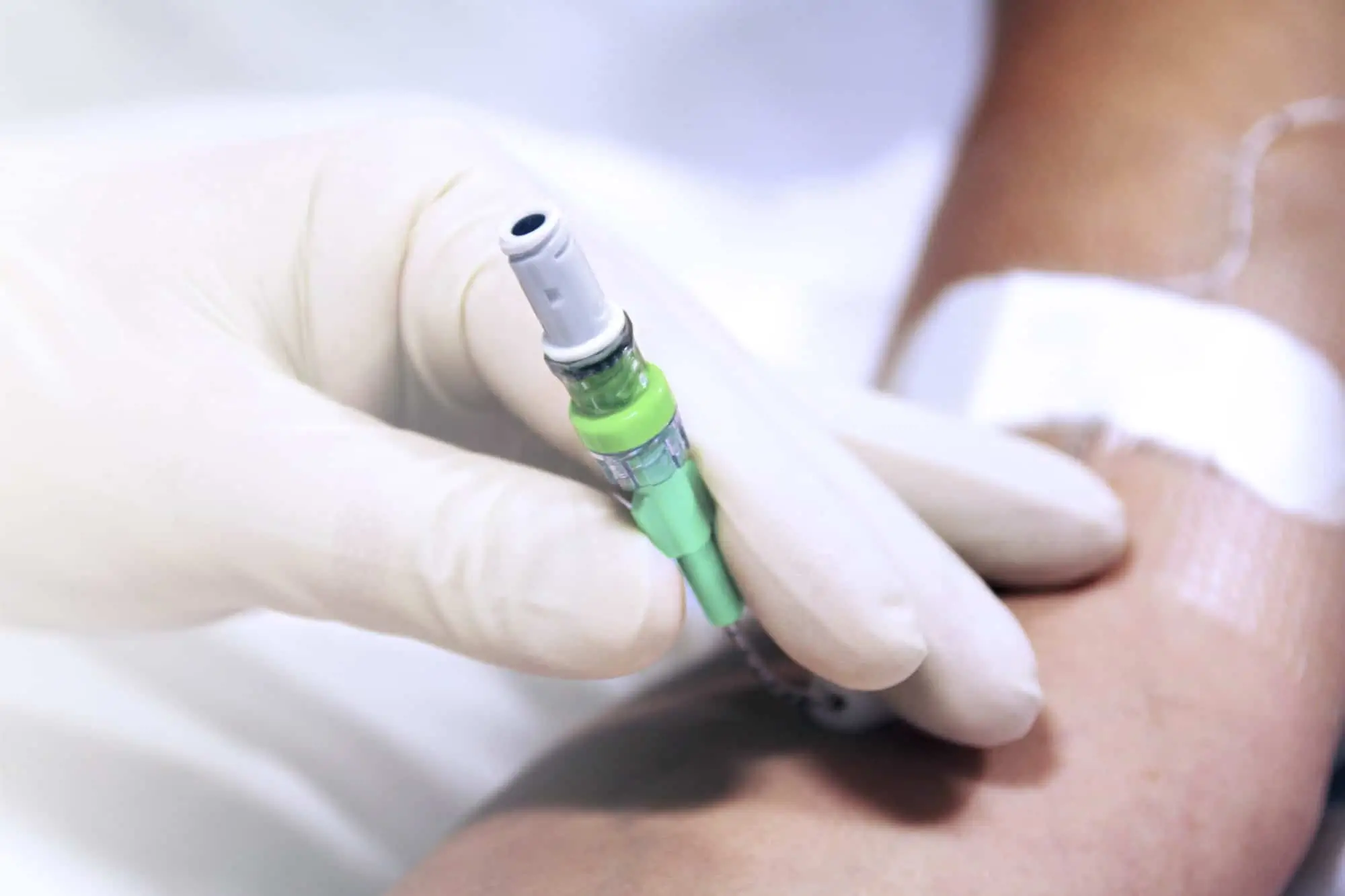Partnership and Training Ensures Success for OPAT Service at Homerton Hospital

Partnership and Training Ensures Success for OPAT Service at Homerton Hospital
Nov 2020
It is estimated that up to 50% of beds are occupied by people who could be cared for in community settings*. As such, UK health policy is shifting towards more care being provided out of the acute hospital setting, making the best use of resources to improve health and wellbeing outcomes.
The setting up of an Outpatient Parenteral Antibiotic Therapy (OPAT) service at London’s Homerton Hospital in 2014 was led by Dr. Aileen Boyd, Infection Consultant, and subsequently supported by Jenniferth Aviles Moreta, Lead OPAT and Vascular Access Clinical Nurse Specialist. It has delivered a raft of benefits for both the Trust and patients.
The concept for the service began five years ago when a clinical need was identified to increase the number of patients receiving care out of the hospital and freeing up acute beds. It was recognised that bed days could be released from conditions that would be suitable for OPAT such as cellulitis, infective exacerbation of COPD, and deep-seated pelvic gynaecological infections. Having a collaborative approach has been key to the success of the service along with a commitment to multiple partners training in vascular access skills.
Taking inspiration from the success of OPAT services at other hospitals and other countries, the Homerton service was launched in 2015 with one nurse plus input from an Infection Consultant and Antimicrobial Pharmacist.
Initially, the service started with a Home model, where patients were referred to the community nursing teams. However, as many patients were independent, it was not appropriate to refer to the community nursing teams as they were not funded to see these patients. Instead, patients attended the hospital daily where they were seen by the OPAT Clinical Nurse Specialist. This became a challenge at weekends when patients were sent back to their referring ward as the process created additional work for the ward nurse and negatively impacted on the patient experience with patients having to wait for a nurse to be free.
A breakthrough came in 2016 when the team approached the hospital’s newly launched ambulatory service who were funded to open seven days a week. Since then, the OPAT service has evolved further and there is now a very successful self-administration pathway for patients who are able to do this safely.
The service also works with acute community nurses, the hospital’s Integrated Independence Team (IIT), who take patients with more complex needs, for example, house bound patients who would not be able to attend the clinic. The acute community nursing team takes weekly blood tests, changes the line dressings, and supports a virtual review.
In addition, the service has started using elastomeric devices, where patients are taught to self-connect or are seen daily at home if they are unable to do so. All patients are reviewed on a weekly basis in the OPAT clinic with the necessary blood tests and line dressing changes carried out by the service team.
At the heart of the success of the OPAT service, has been the approach to vascular access and ensuring that all those involved in delivering care feel confident, and have the necessary skills, to place and maintain lines.
It was a priority from the outset to support all those involved with training. An early example was when the service started and community nurses would not accept patients with cannulas as they were not trained in cannulation, meaning all patients that were discharged with community nurses had a PICC placed. Jenniferth overcame this by providing cannulation training, but also by creating a pathway to follow if cannulation at home is required, therefore avoiding unnecessary attendance at A&E.
The commitment to ensuring the right patients had the right line at the right time led to a further progression of vascular access within the OPAT service. With the help and support of intravascular therapy experts and partners Vygon (UK), midlines are now utilised instead of PICCs for shorter IV courses, ensuring patients now have the appropriate vascular access device dependent on their length of treatment as well as their vessel health quality. Some of the training and support provided by Vygon included care and maintenance of the lines, how to fill and check the elastomeric devices, and provision of Patient Guides to support the patient in feeling comfortable to manage their line and device at home. Vygon continues to provide quarterly training and support to the team.
“Communication and collaboration, between staff and patients has been crucial in the success of the OPAT service at Homerton,” explains Jenniferth. “Patients are assessed for suitability and informed about their choices for OPAT and what they entail.”
“Once we have agreed on an appropriate pathway involving the appropriate partners – whether that’s district nurses, the acute community nursing team, ambulatory care or self-administration – we then set it up.”
But the introduction of the service and transition has not been without its issues and it has taken the vision and perseverance of the team to work through problems and build a service that is both effective and efficient.
“Up until February 2020 this was a single nurse service, covering both the OPAT and Vascular Access Service. This meant there was no cover for annual leave, sickness, and study days. Also, as one person covered two services, if there was an increased demand in both services patients would not be seen in a timely manner. The service now has an additional nurse, bringing us up to 1.56 WTE.”
Jenniferth added: “It’s important that referring teams are aware of the benefits and limitations of the service. It is vital to manage expectations – there can be no last-minute referrals!”
As a result, the outcomes for people receiving therapy through the service, either in their own homes or at community clinics, has been very successful. By being out of hospital, the risk of patients contracting healthcare associated infections decreased and patients have reported a much better treatment experience which, in turn, has led to faster recovery rates. Individuals have been able to resume a normal life more quickly and, for some, this meant being able to go back to work whilst the treatment continues. In addition to the physical benefits, this has eased the emotional anguish caused by the fear of losing income and damaging career prospects.
For the Trust, the saving on bed days has been considerable. As the service has grown, the number of bed days saved has increased too. During the period of Jan 2019 to Dec 2019, 77 patients were managed by the OPAT service with 1,234 bed days saved, showing a direct correlation between the impact of the service and financial savings for the hospital. This also meant that additional, surgical bed days were released which could be used for new elective surgical cases, facilitating increased Trust income generation.
The service has linked with existing good practices and pathways have been developed with A&E, Respiratory, Orthopaedics, and Care of the Elderly Services. It has facilitated the delivery of integrated care between acute and community services and ensures continuity of care for patients discharged from other trusts on IV antibiotics using an OPAT model back into the City & Hackney community.
Lisa Taylor, Product Manager at Vygon UK said:
“The service that Homerton has set up is very impressive. Jenniferth and the team around her at the hospital and in the community have put the patient at the heart of the service and worked on solutions to problems they identified to ensure care was effective and efficient. We were very pleased to be able to support where we could with training and education and we will continue to do so. The impressive results generated by the OPAT service speak for themselves.”
References:
- Nuffield Trust: Shifting the Balance of Care – Great Expectations, Mar 20-17. Available on-line: https://www.nuffieldtrust.org.uk/research/shiftingthe-balance-of-care-great-expectations
Learn more
If you would like to speak to a Vygon representative regarding how our Vascular Access products can support the transition of patients from the acute setting to the community, please complete the form below.


